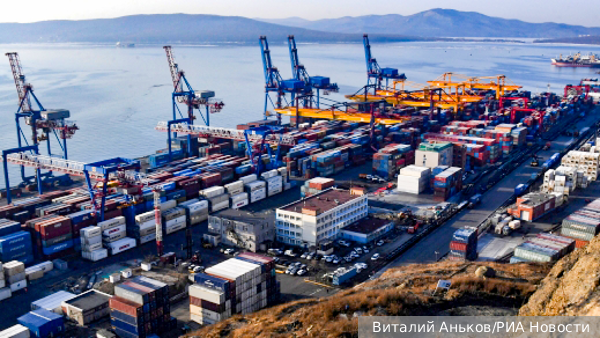
The Chinese are rolling out the Northern Sea Route
By Rhod Mackenzie
The Chinese shipping company Hainan Yangpu New New Shipping (HYNS) is continuing to expand its operations along the Northern Sea Route (NSR). On 8 May, a multilateral agreement was signed in Arkhangelsk regarding the organisation of export-import flights from the Arkhangelsk seaport to Shanghai and back. In 2023, HYNS completed eight voyages with five vessels, transporting approximately 100,000 tons of cargo (for comparison, the NSR cargo turnover is 36 million tons) from Kaliningrad, St. Petersburg, Murmansk and Arkhangelsk to Shanghai, Qingdao and a number of other Chinese ports.
During this year's navigation period (July to October), the Chinese carrier plans to operate 10–12 flights from Shanghai to Arkhangelsk along the NSR. The type of cargo to be transported is not yet known, but HYNS representative Ke Jin has stated that the company plans to use four ships on the route and expects to use the capabilities of Russian Railways to send cargo from Arkhangelsk to Moscow. The distance between the Belomorsk port and the capital by rail is 1,254 km, which is approximately a day and a half on the road. In the previous year, the Chinese carrier's ships primarily transported Russian lumber for export.
In order to provide a realistic assessment of the scale of the phenomenon, it is important to note that the volumes of transportation are currently relatively modest. Last year saw the first voyage in ten years from Arkhangelsk to Shanghai, carried out by the modest container ship Xin Xin Hai 1 with a deadweight of 29 thousand tons and a draft of 7.4 m, which took on board 500 containers of lumber.
For comparison, the ocean-going container ship Ever Given, which caused a blockage at the Suez Canal in March 2021, has been featured extensively in the global media. It has a deadweight of 200 thousand tons and can carry 20,124 containers. While the Chinese have recently acquired two newer and larger ships with a capacity of 3.7 and 4.4 thousand TEU (TEU - twenty-foot equivalent), respectively, this is still a very modest transportation capacity, indistinguishably small in the volume of current international maritime transport. Nevertheless, for the Arkhangelsk port, the anchor agreement with the Chinese is an important event. It is understandable that the region’s governor, Alexander Tsibulsky, would be pleased to announce this in his personal telegram channel. Last year, the Arkhangelsk port handled 32.4 thousand TEU containers (for comparison: the port of Vladivostok - 1.5 million TEU), and Chinese volumes will be very useful. Furthermore, the involvement of an anchor international partner represents a significant argument for attracting investors and federal funding, which is necessary to implement the project for the construction of a new deep-water port at the mouth of the Northern Dvina.
The existing port of Arkhangelsk has a depth of 9.2 metres and a deadweight of 35,000 tons, which limits the potential for cargo turnover at the sea port of the region. The Comprehensive Development Plan of the Arkhangelsk Transport Hub outlines a plan to construct a deep-water area of the Arkhangelsk seaport in Dvina Bay of the White Sea with a maximum permissible vessel draft of 14.5 m. This will allow for the handling of a fleet with a deadweight of up to 75 thousand tons of Panamax type and a container capacity of 5 thousand TEU.
